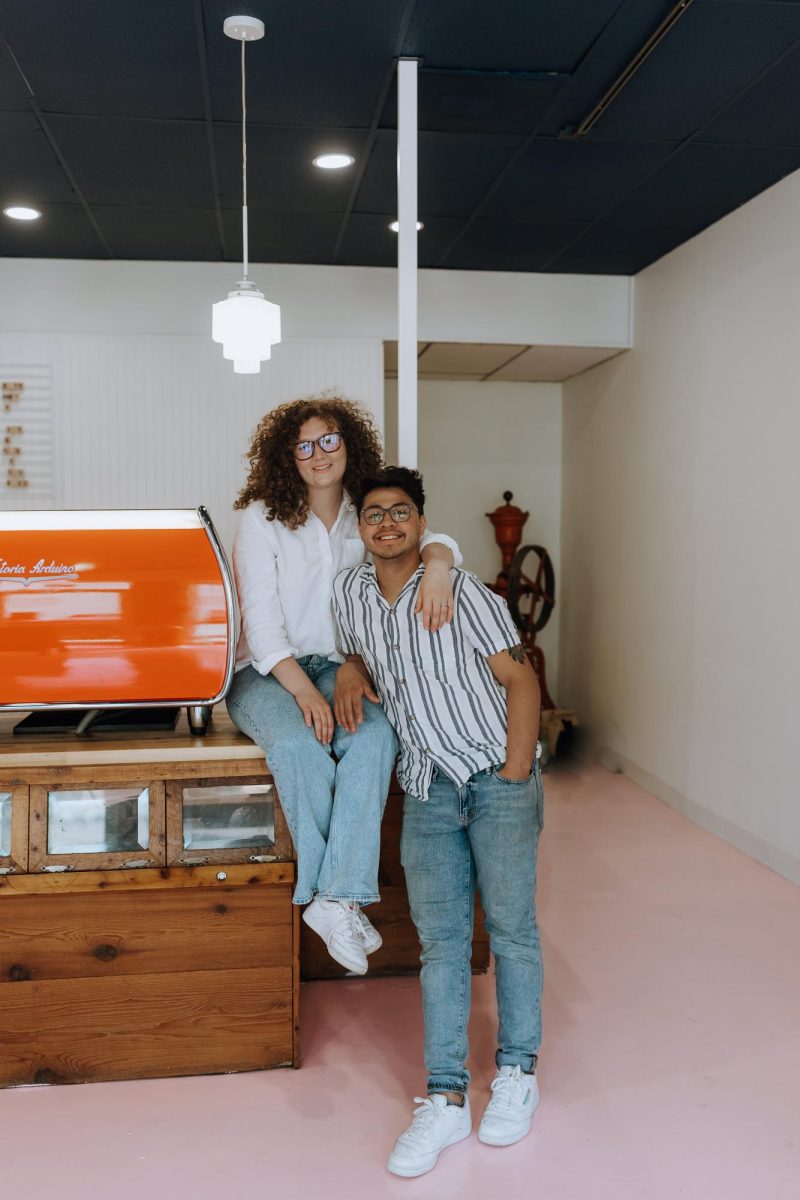Five years ago, Pier One Imports Inc. appeared to be on the verge of bankruptcy. But as the housing market began its revival, the 50-year-old company jumped in to supply homeowners with decor and furnishings.
Housing starts hit a low of 585,000 in 2010, increased 4.5 percent in 2011 and are estimated to have increased 26.5 percent in 2012, according to SMU economics professor Michael Fulmer.
“[This] is exactly the kind of news that Pier One wants to hear, as many in the industry feel that the boost in the housing market will increase sales,” Fulmer said.
The numbers of the two markets line up. Pier One’s net sales increased 18.8 percent from 2010 to 2012 and the company has been gradually recovering from the recession and housing slump that started in 2007.
However, other figures suggest there are more forces driving the company’s progress.
Pier One’s profitability has also been increasing, as the operating profit margin increased from a negative figure in 2010 to 10 percent in 2012.
The company’s recent success is all the more impressive after a look at its past. Pier One, which according to its official history, had its beginnings in California catering to “hippy baby boomers” with “love beads and incense,” faced its near demise after 17 consecutive quarters of declining comparable store sales interrupted by a short rise in 2008, which was then followed by six more quarters of decline. Between 2006 and 2009 the company had total losses of $492.7 million.
The turnaround came in 2010, which showed earnings of $86.8 million and was followed by continued earnings growth of 68.7 percent between 2011 and 2012.
Today, Pier One sells home furnishings such as candles, coffee cups, indoor and outdoor furniture and other home accents that tend to be more unique and eclectic than those in other home furnishing stores. For the first three quarters of fiscal 2013, revenues grew 9 percent to $1.15 billion as comparable-store sales jumped 7.9 percent, and net income increased 26 percent to $67.7 million.
Meanwhile, the stock, which went for pennies a share when Alexander Smith took over as chief executive officer in 2007, is now trading at nearly $23.
“We used the recession to get better and better at what we were doing,” Smith told D Magazine in 2010.
Smith got right to work saving the company from impending bankruptcy. He shut down Pier One’s children’s line, closed other stores, laid off employees, sold the downtown headquarters, bought back debt, cut down on marketing and put a complete hold on online sales.
“I knew we had to fix the stores first, so we cleared the decks, closed down all of those other businesses, to concentrate on the stores,” Smith told Fort Worth Business Press in 2012.
And now that Smith’s actions have contributed to Pier One’s focused recovery, a new e-Commerce initiative is well underway. The company’s three-year growth plan, initiated in fiscal 2012, foresees the online business contributing at least 10 percent of revenue within five years.
“Traffic to Pier1.com has increased and is up in the high double-digits with over 1 million visits per week, with customers spending nearly double that of our in-store customers,” Smith said in the 2013 earnings call.
Jon Tonroy, the assistant manager of Pier One on Lover’s Lane, has worked for the company for five years and saw it go through this turnaround.
“The biggest change I’ve seen is the reinstated online [sales],” Tonroy said. “Most people look online and then come into our store.”
Market research showed that 25 percent of customers browse Pier One’s website one or two days prior to visiting a store and that 35 percent of online shoppers choose to pick up in store, which saves both the customer and the company shipping costs. During the call, Smith described the in-store pick up as “a very profitable venture,” especially as Pier One is one of the only home furnishing companies with this option.
“We have 1,100 pick up points. We’re very conscious of that,” said Smith, who has more than 30 years of experience in the retail industry.
As the online business grows, Pier One is not ignoring store sales. The three-year growth plan also includes a recently raised target goal of $225 sales per retail square foot by fiscal 2015, up from $194 at the end of 2012. Smith said in the earnings call that this figure has “plenty of room to expand as [Pier One] continue[s] to finesse assortments and in-store experience.”
Alex Chatfield is a sales leader at the Pier One on Lover’s Lane. In her three years working at the store, she said the biggest change she has seen is in product updating in stores.
“Products have become better,” Chatfield said. “They’re not as cheap. Prices have also increased 50 cents to $1 [per item], which makes a big difference in the long run. Also, technology updates have made [sales] faster and more efficient.”
The third part of the three-year plan includes “driving operating margin to at least 10 percent of sales within three years,” which was accomplished in fiscal 2012.
The 50-year-old company’s executive leadership and business plan show confidence in continuing growth, and the housing market looks to also support that growth.
“Sales have recently been trending toward specialty retailers, such as Pier 1, rather than the traditional department store outlets,” SMU’s Fulmer said. “Provided that these trends continue, and the housing market gains strength, Pier 1 will be in a good position to reap the benefits.”








